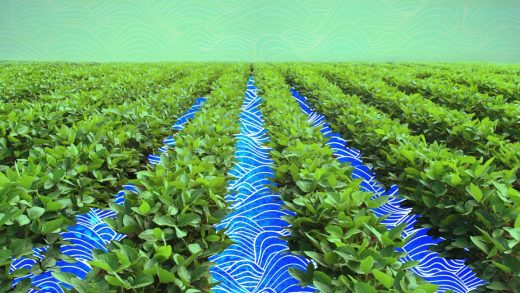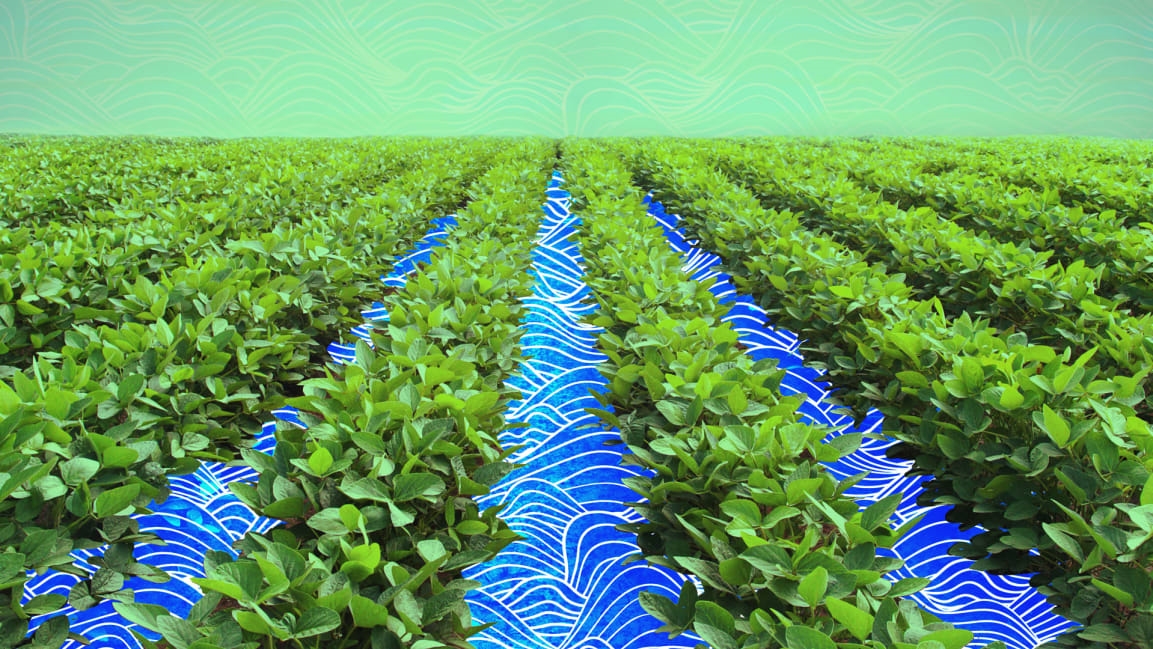The shape of water: How agtech is making irrigation more efficient
Field D-17 on the Bowles Farming Company’s ranch in California’s Central Valley is dry and unplanted when I visit it with Emery Silberman in the spring. Last year’s watermelon crop was harvested the previous July, and this year’s tomatoes won’t go in the ground for several more months. We check out the array of globular red sand filters that will treat the water for this field, and Silberman shows me the drip irrigation pump and valve assembly nearby that will control that flow. Mounted there, he shows me, is a small piece of equipment from a company called WaterBit that’s designed to provide more granular control of conditions in the field—thus allowing farmers like Cannon Michael, Silberman’s boss, to save on valuable resources like water and fertilizer.
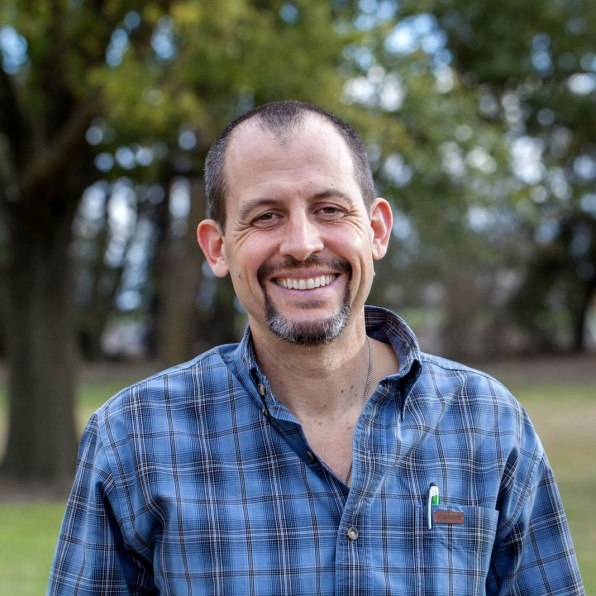
[Photo: Courtesy ofBowles Farming Company]
The WaterBit Carbon is a small sensor unit that monitors soil moisture, soil temperature, and other factors, wherever it’s installed in a field. By splitting a field into “microblocks” that might cover only a portion of a field—or even as little as part of a single row of plants—WaterBit wants to give farmers more control of how much water and other nutrients are reaching their crops. The data the sensors collect about soil conditions is displayed on a remote dashboard—saving an enormous amount of time, and labor costs, over manual soil moisture testing—and WaterBit’s remote valve controller allows farmers to direct different amounts of water to different parts of their fields. “What we’re doing is providing an infrastructure that enables growers to more precisely apply water according to plants’ needs,” says WaterBit CEO Andrew Wright.
Especially in places where irrigation water is delivered by canal, many farms have access to only a crude understanding of how much water gets to each part of each field. To play it safe, farmers often err on the side of over-watering their crops. “If you back off of irrigation, at some point you’re taking a risk,” says Silberman. “If you over-irrigate, the ground will accept that water,” making over-watering the safer bet.
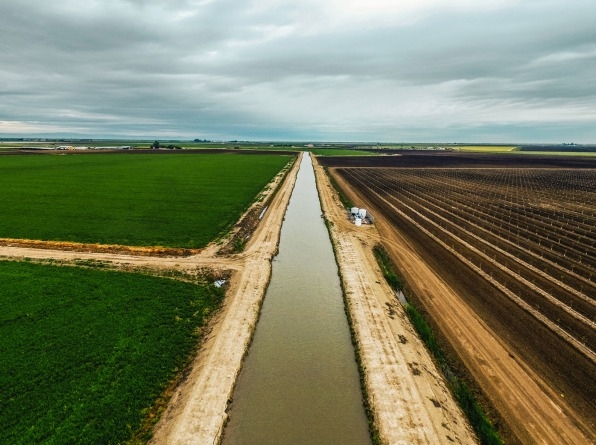
[Photo: courtesy of Bowles Farming Company]
Technology from companies like WaterBit, “decision agriculture” startup Arable Labs, and others, can now give farmers more information about what’s going on in their fields than they’ve ever had easy access to before. From detailed soil moisture readings to readily available data about sunlight, plant health, and more, farmers now have the opportunity to leverage this data flow to better manage their operations—potentially leading to cost savings, water savings that could have a positive impact on the environment, and marketing benefits as well. But these new technologies don’t always take into account the realities of life on the farm, which leaves some farmers—especially on midsized farms like Michael’s, which spans 12,000 acres—eager to implement these impressive new tools and devices, but hamstrung by the mismatch between the problems they face and the solutions being provided by the startup world.
Self-watering fields?
Sensors like WaterBit’s, which understands how much moisture is reaching plants from not just irrigation but precipitation, could change that equation. “The idea is that a series of probes in the ground reading the soil’s actual moisture can be sending signals to controllers that are actually responding to the needs more like an on-demand system,” says Michael.
In fact, says WaterBit’s CEO, that’s exactly where the company wants to go. “We expect to get to a point where we’re not just implementing the irrigation recommendations of a grower, but assisting them in those recommendations,” Wright says. “And at some point further, we get to the point where we’re completely autonomously irrigating over a broad set of crops.”
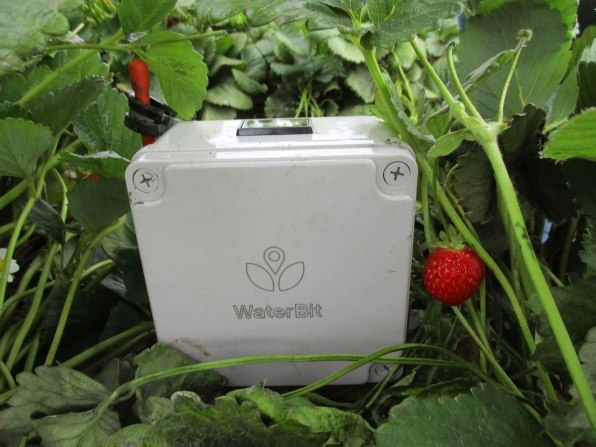
[Photo: courtesy of WaterBit]
The company currently has one such trial going—in the small vineyards owned by its chairman, former Cypress Semiconductor CEO T.J. Rodgers. Rodgers, who has run a small winery on the San Francisco peninsula since 1992, makes “several thousand cases of very high-end pinot noir each year,” he says.
It was Rodgers’s interest in winemaking that led him to WaterBit. As a vintner, Rodgers had long been interested in monitoring and adjusting for soil conditions, and one of his “sanity projects” at Cypress had been a prototype to measure moisture in his vineyards. Rodgers was introduced to WaterBit founders Manu Pillai and Leif Chastaine around 2014 and worked with them informally for two years before investing in the company and adding his own technology to the mix. Wright, who had run new product development at Cypress before leaving the company in 2016, joined as CTO and became CEO last year, when the company raised a Series A round.
In recent years, Rodgers has run an experiment in which he lets a WaterBit system make irrigation decisions on alternate rows in one of his vineyards. “Two years ago I got this thing running and showed the quality of the wine was indifferentiable” from wine irrigated manually, he says.
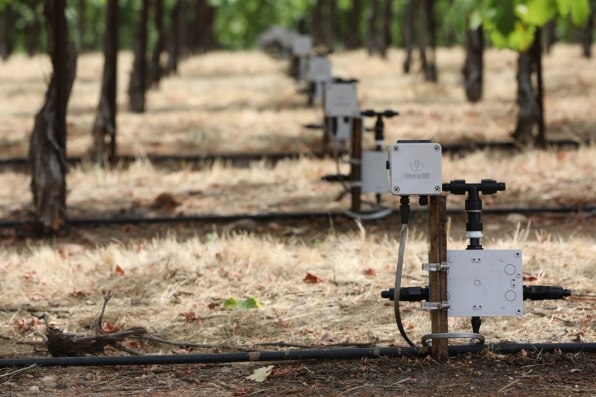
“Based on my own vineyard, my guess is well over half the water we use in agriculture is wasted,” Rodgers says. “Not wasted in the sense that people are careless and throw it away. Wasted in the sense that you cannot water a single ten-acre field without over-watering one end and under-watering one end. What our technology will do is allow people to look at water more carefully, and fine-tune the watering in such a way to make a higher yield with a lower water input.”
For most farmers, though, it’s not yet as simple as just plugging in a sensor and watching the water flow. Silberman, who works as Bowles Farming’s CTO, is running a pilot of 23 WaterBit sensors across 200 acres of watermelon, the farm’s highest-value crop. But as Michael points out, there may be different pH levels or different water capacity at different locations across a 48.6-acre field like D-17, and adjusting irrigation infrastructure to account for that can’t always be done on the fly. Bowles has largely converted to drip irrigation, in which water flows to plants through “drip tape” buried beneath each row (instead of the less efficient furrow irrigation, in which the furrows between rows are flooded with water). But the irrigation infrastructure of the water district in which Michael’s farm sits isn’t designed to deliver precise amounts of water on a variable schedule, and storing water on the farm for on-demand use requires land and energy that most farms—Michael’s included—just don’t have.
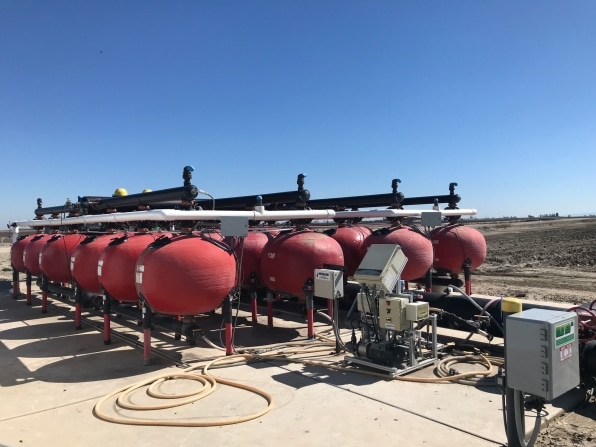
[Photo: Mark Wallace]
The potential for savings is great. But costs can undercut the value proposition to midsized farms like Bowles. Silberman mentions sensors that can cost close to $1,000 each, with a communications unit of similar cost. “If you think you need two sensors a field, you’re at $3,000 a field,” he says. “Over 147 fields, that’s a pretty steep cost.”
Ag-centered design
Another field-based sensor designed to make farming more efficient is the Arable Mark, from Arable Labs in Princeton, New Jersey. Arable’s sensor collects a range of inputs, including temperature, sunshine, plant health based on a chlorophyll index (i.e., the color of the plant’s leaves), and precipitation, which is measured via a microphone.
“Picture an Alexa for agriculture,” says Adam Wolf, Arable’s founder and chief scientist. “It’s listening to the raindrops. It literally has a microphone in there, and it’s taking all the acoustic spectrum and extracting the individual raindrops out, and using that to estimate rainfall.”
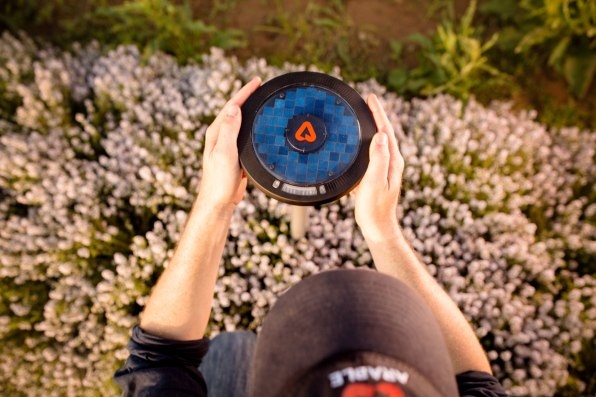
While the Arable Mark doesn’t measure soil moisture, it does integrate with soil moisture probes and other sensors to present an integrated view on the data it collects, allowing farmers to pursue what the company refers to as “decision agriculture.” The Mark is also a handsome unit designed by Nest thermostat designer Fred Bould.
“Agriculture is an industry where people are treated like garbage from a design standpoint,” says Wolf. As a researcher at Princeton before spinning out Arable, he had developed a deep frustration with the state of environmental technology in general. “All this technology we use to do research and collect measurements of the natural world, of which agriculture is a subset, hasn’t changed since the 1980s.”
Wolf imagined a solution that would leverage the cloud and work seamlessly across desktop screens and mobile devices. “A couple of companies had started making sensors and data loggers, and nothing ever changed. Here we are doing this really sophisticated data science on it, with this sophisticated cloud infrastructure and ways to visualize and consume data. And yet that thing in the field that collects the data, you still have to plug a nine-pin cable into it to download the data to your laptop. I couldn’t believe this was the state of reality, so I felt like, I guess if I’m the one that has to do it, I have to do it.” Having been impressed with Nest’s user experience, Bould was the designer he sought out to help him with that task.
Looking to California
Like WaterBit, Arable sees promise in its early forays into the market. Arable has installed something like 1,000 devices, across more than 120 customers, including internationally. WaterBit has something like 3,000 devices, on almost 50 farms. While many of these customers are in the farm belt of the American Midwest, many are also in California, and it’s the water situation in that state that may hold the most important lessons for how to navigate an increasingly complex future. “Agriculture uses 80% of the human-used water in California,” says Adrian Covert, vice president of public policy for the Bay Area Council, a San Francisco-based business association that works with local companies and water agencies on a wide range of policy issues.
Agriculture isn’t the only place where there is water to be saved, of course. And partly because water is an issue that is only going to become more pressing as time goes on, entrepreneurs have begun to notice. Scott Bryan, president of ImagineH2O, a nonprofit organization that runs a startup accelerator and other programs aimed at solving water challenges around the globe, says a series of water-related crises—from contamination in Flint, Michigan, to a brush with rationing in Cape Town, droughts in California, and more—have raised the consciousness about some of those challenges to a tipping point. “The big thing that’s changed is, there’s a greater public awareness about water challenges, and thus an interest in what the solutions actually are,” he says.
Mark Wallace (@markwallace) is a freelance journalist in San Francisco. His work has appeared in the New York Times Magazine, New York, Wired, and many others.
(22)

